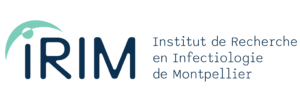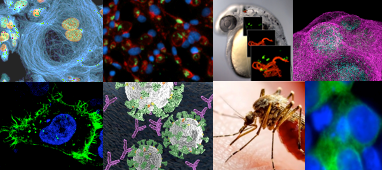 https://www.irim.cnrs.fr/wp-content/uploads/Group-leader.png
170
382
Laurent CHALOIN
https://www.irim.cnrs.fr/wp-content/uploads/LOGO_IRIM25-300x105.png
Laurent CHALOIN2024-10-19 13:15:332025-03-02 14:37:04Deadline Extended! Call for Group Leaders
https://www.irim.cnrs.fr/wp-content/uploads/Group-leader.png
170
382
Laurent CHALOIN
https://www.irim.cnrs.fr/wp-content/uploads/LOGO_IRIM25-300x105.png
Laurent CHALOIN2024-10-19 13:15:332025-03-02 14:37:04Deadline Extended! Call for Group Leaders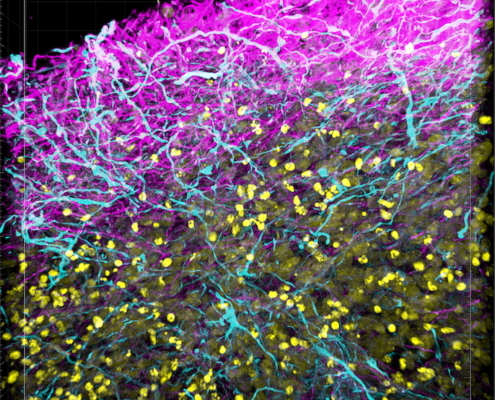 https://www.irim.cnrs.fr/wp-content/uploads/Organoid-microglia-jpeg.jpg
686
686
BONAZZI matteo
https://www.irim.cnrs.fr/wp-content/uploads/LOGO_IRIM25-300x105.png
BONAZZI matteo2024-10-09 19:16:502024-10-09 19:27:21Launch of the ProteoVir project
https://www.irim.cnrs.fr/wp-content/uploads/Organoid-microglia-jpeg.jpg
686
686
BONAZZI matteo
https://www.irim.cnrs.fr/wp-content/uploads/LOGO_IRIM25-300x105.png
BONAZZI matteo2024-10-09 19:16:502024-10-09 19:27:21Launch of the ProteoVir project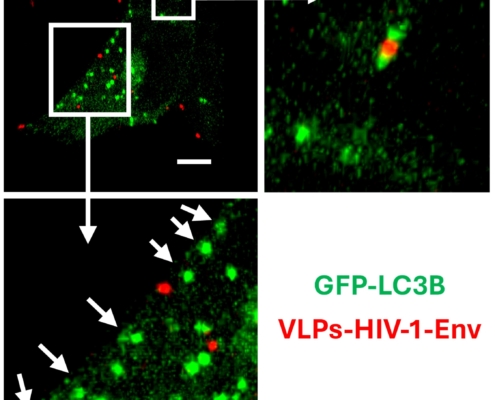 https://www.irim.cnrs.fr/wp-content/uploads/Image-papier-Baptiste.jpg
2151
2245
BONAZZI matteo
https://www.irim.cnrs.fr/wp-content/uploads/LOGO_IRIM25-300x105.png
BONAZZI matteo2024-04-17 22:28:282024-04-18 08:06:24Atg8ylation favors HIV-1 entry independently of the canonical autophagy process
https://www.irim.cnrs.fr/wp-content/uploads/Image-papier-Baptiste.jpg
2151
2245
BONAZZI matteo
https://www.irim.cnrs.fr/wp-content/uploads/LOGO_IRIM25-300x105.png
BONAZZI matteo2024-04-17 22:28:282024-04-18 08:06:24Atg8ylation favors HIV-1 entry independently of the canonical autophagy process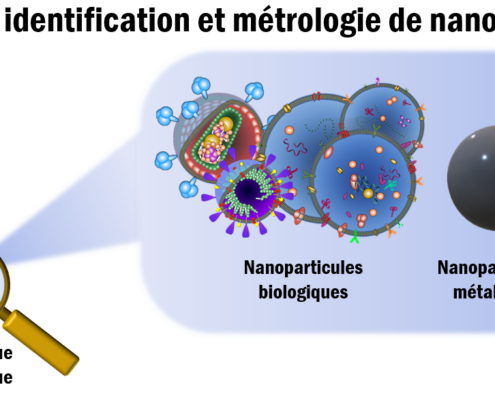 https://www.irim.cnrs.fr/wp-content/uploads/Figure-illustrative_0.png
587
1453
BONAZZI matteo
https://www.irim.cnrs.fr/wp-content/uploads/LOGO_IRIM25-300x105.png
BONAZZI matteo2024-04-16 23:44:002024-06-03 23:44:59A method for studying nanoparticles and viruses adapted to high biological confinement
https://www.irim.cnrs.fr/wp-content/uploads/Figure-illustrative_0.png
587
1453
BONAZZI matteo
https://www.irim.cnrs.fr/wp-content/uploads/LOGO_IRIM25-300x105.png
BONAZZI matteo2024-04-16 23:44:002024-06-03 23:44:59A method for studying nanoparticles and viruses adapted to high biological confinement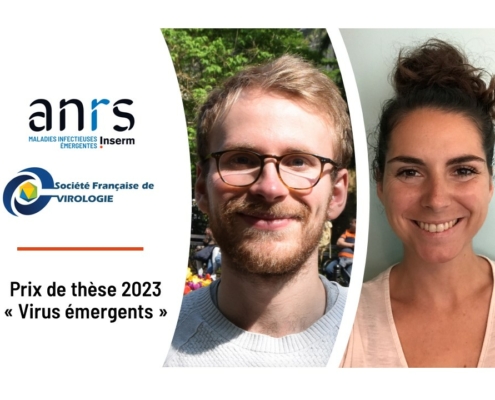 https://www.irim.cnrs.fr/wp-content/uploads/OQFRv_f_.jpeg
720
960
BONAZZI matteo
https://www.irim.cnrs.fr/wp-content/uploads/LOGO_IRIM25-300x105.png
BONAZZI matteo2024-04-08 08:07:472024-04-18 08:09:21Congratulations Emma & Antoine
https://www.irim.cnrs.fr/wp-content/uploads/OQFRv_f_.jpeg
720
960
BONAZZI matteo
https://www.irim.cnrs.fr/wp-content/uploads/LOGO_IRIM25-300x105.png
BONAZZI matteo2024-04-08 08:07:472024-04-18 08:09:21Congratulations Emma & Antoine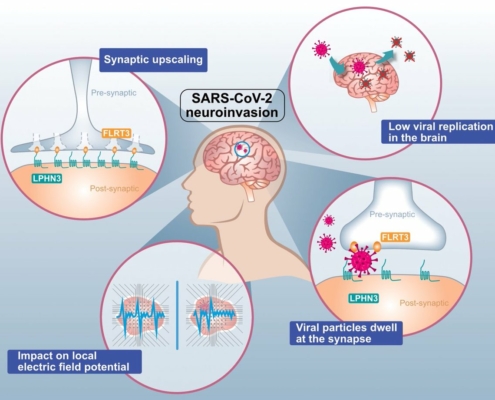 https://www.irim.cnrs.fr/wp-content/uploads/GJ1QuySWMAA68l1.jpeg
921
1200
BONAZZI matteo
https://www.irim.cnrs.fr/wp-content/uploads/LOGO_IRIM25-300x105.png
BONAZZI matteo2024-04-02 21:24:502024-04-18 08:05:46New mechanistic insights into neuroCOVID
https://www.irim.cnrs.fr/wp-content/uploads/GJ1QuySWMAA68l1.jpeg
921
1200
BONAZZI matteo
https://www.irim.cnrs.fr/wp-content/uploads/LOGO_IRIM25-300x105.png
BONAZZI matteo2024-04-02 21:24:502024-04-18 08:05:46New mechanistic insights into neuroCOVID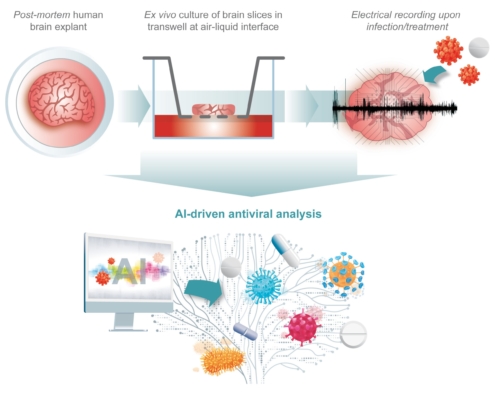 https://www.irim.cnrs.fr/wp-content/uploads/Graphical-abstract.jpg
2134
2494
BONAZZI matteo
https://www.irim.cnrs.fr/wp-content/uploads/LOGO_IRIM25-300x105.png
BONAZZI matteo2024-03-12 21:33:022024-04-16 16:13:01On the development of AI as a preclinical model for antiviral studies
https://www.irim.cnrs.fr/wp-content/uploads/Graphical-abstract.jpg
2134
2494
BONAZZI matteo
https://www.irim.cnrs.fr/wp-content/uploads/LOGO_IRIM25-300x105.png
BONAZZI matteo2024-03-12 21:33:022024-04-16 16:13:01On the development of AI as a preclinical model for antiviral studies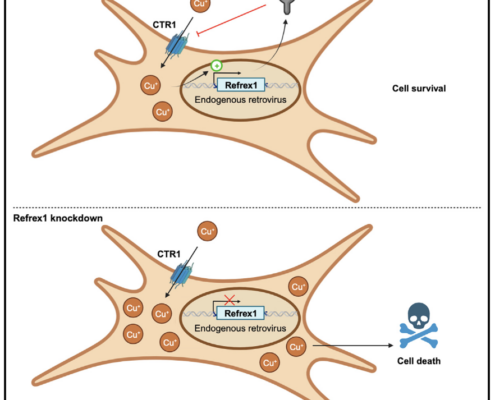 https://www.irim.cnrs.fr/wp-content/uploads/Screenshot-2024-03-31-at-15.38.32.png
878
882
BONAZZI matteo
https://www.irim.cnrs.fr/wp-content/uploads/LOGO_IRIM25-300x105.png
BONAZZI matteo2023-09-15 15:39:412024-04-16 16:17:18A story of cats and copper
https://www.irim.cnrs.fr/wp-content/uploads/Screenshot-2024-03-31-at-15.38.32.png
878
882
BONAZZI matteo
https://www.irim.cnrs.fr/wp-content/uploads/LOGO_IRIM25-300x105.png
BONAZZI matteo2023-09-15 15:39:412024-04-16 16:17:18A story of cats and copper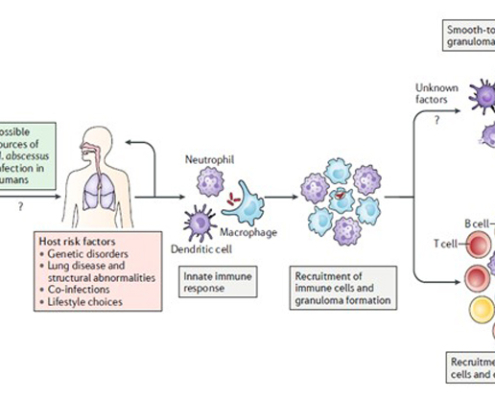 https://www.irim.cnrs.fr/wp-content/uploads/mycob_kremer-e1699971631400.jpg
417
800
BONAZZI matteo
https://www.irim.cnrs.fr/wp-content/uploads/LOGO_IRIM25-300x105.png
BONAZZI matteo2023-08-30 12:01:042024-04-16 16:25:18Phage therapy in the treatment of Mycobacterium abscessus infections.
https://www.irim.cnrs.fr/wp-content/uploads/mycob_kremer-e1699971631400.jpg
417
800
BONAZZI matteo
https://www.irim.cnrs.fr/wp-content/uploads/LOGO_IRIM25-300x105.png
BONAZZI matteo2023-08-30 12:01:042024-04-16 16:25:18Phage therapy in the treatment of Mycobacterium abscessus infections.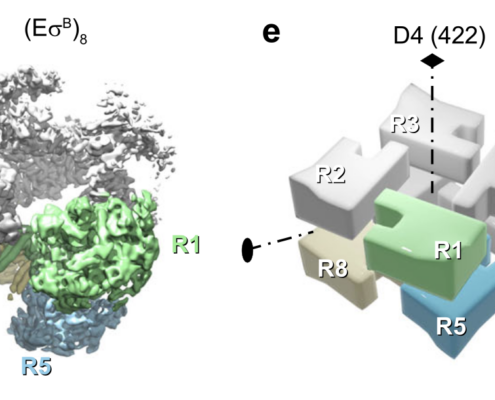 https://www.irim.cnrs.fr/wp-content/uploads/Screenshot-2024-03-31-at-14.37.46.png
610
1080
BONAZZI matteo
https://www.irim.cnrs.fr/wp-content/uploads/LOGO_IRIM25-300x105.png
BONAZZI matteo2023-02-02 15:15:552024-04-16 16:32:54How macromolecules’ structure regulate biological processes
https://www.irim.cnrs.fr/wp-content/uploads/Screenshot-2024-03-31-at-14.37.46.png
610
1080
BONAZZI matteo
https://www.irim.cnrs.fr/wp-content/uploads/LOGO_IRIM25-300x105.png
BONAZZI matteo2023-02-02 15:15:552024-04-16 16:32:54How macromolecules’ structure regulate biological processes https://www.irim.cnrs.fr/wp-content/uploads/actu_muse.jpg
530
800
admin775
https://www.irim.cnrs.fr/wp-content/uploads/LOGO_IRIM25-300x105.png
admin7752022-11-30 15:12:462024-04-09 16:00:20Two IRIM projects selected by the University of Montpellier’s I-SITE excellence programme
https://www.irim.cnrs.fr/wp-content/uploads/actu_muse.jpg
530
800
admin775
https://www.irim.cnrs.fr/wp-content/uploads/LOGO_IRIM25-300x105.png
admin7752022-11-30 15:12:462024-04-09 16:00:20Two IRIM projects selected by the University of Montpellier’s I-SITE excellence programme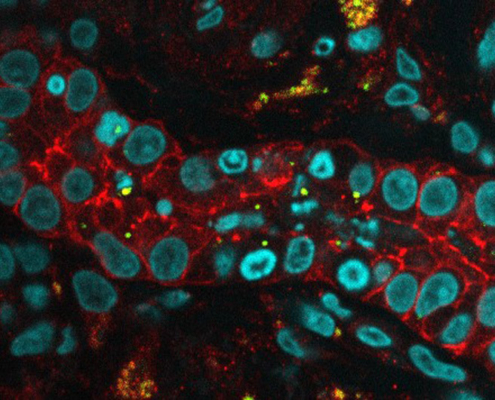
A new study on the dynamics of Hepatitis C virus entry published in Hepatology
The study conducted by Maika Deffieu and Raphael Gaudin highlights…
